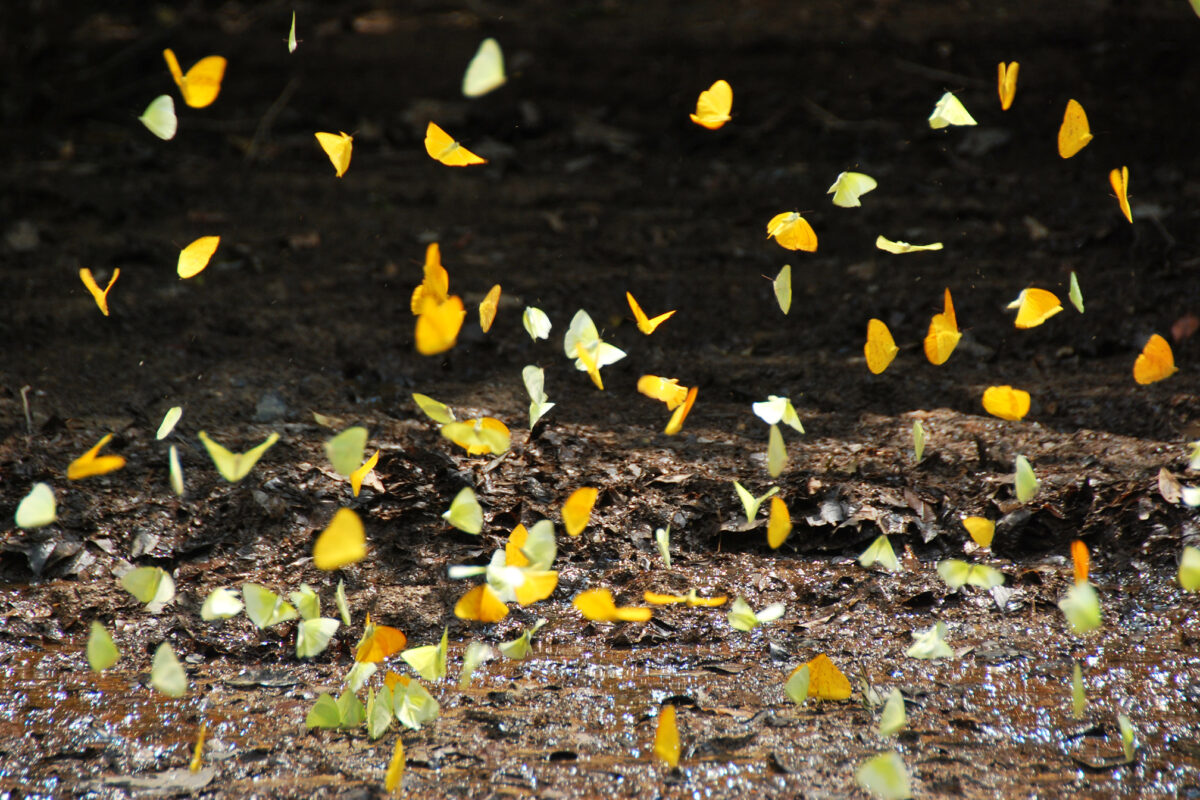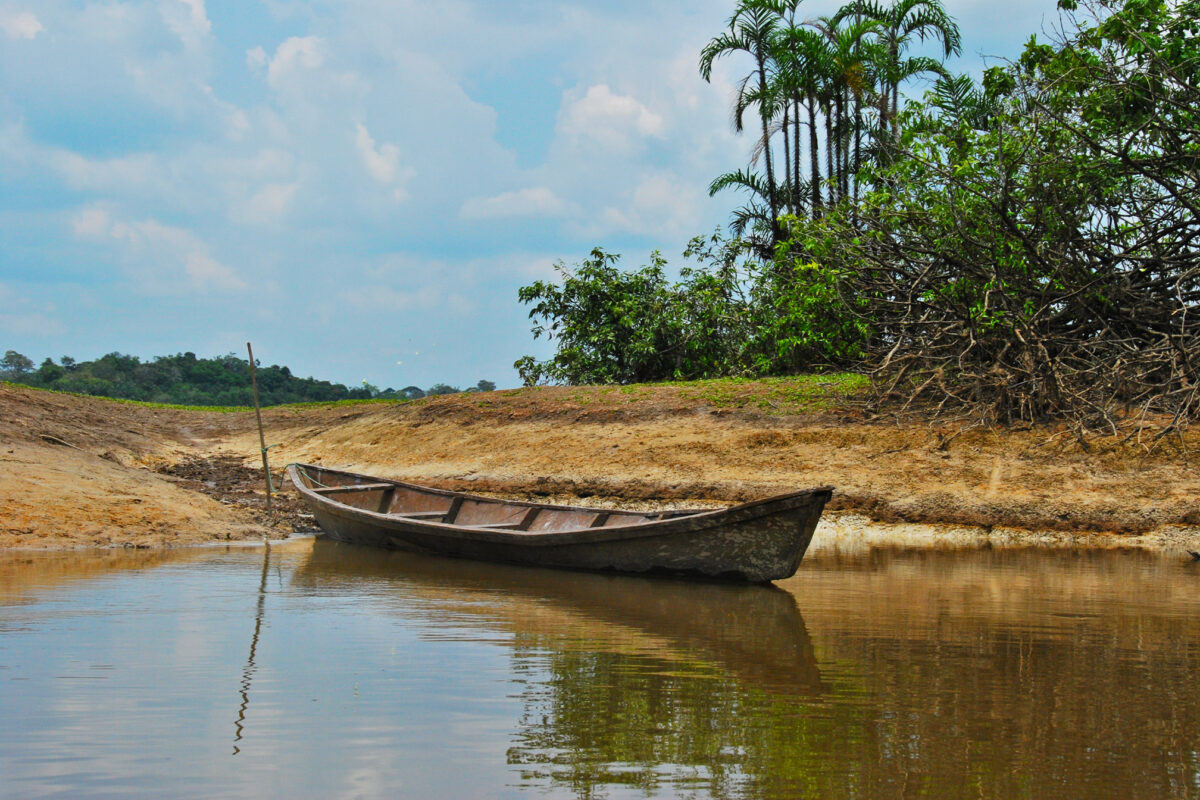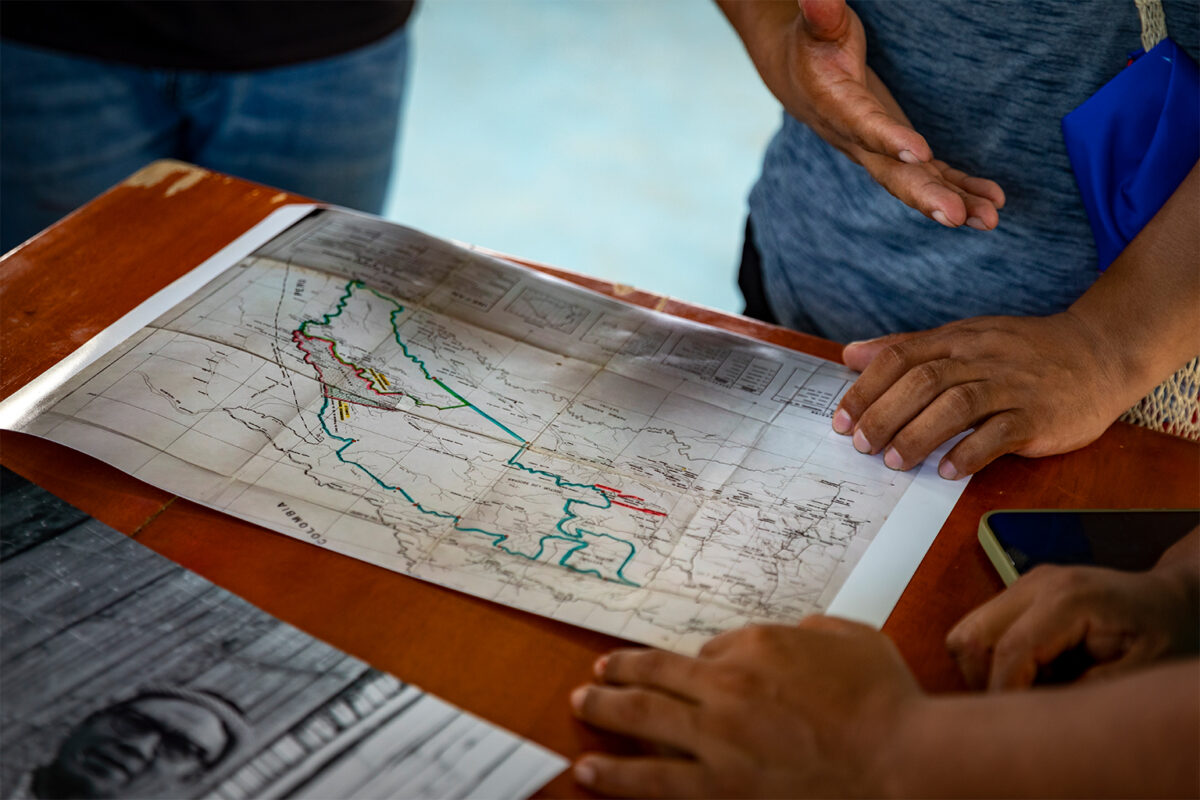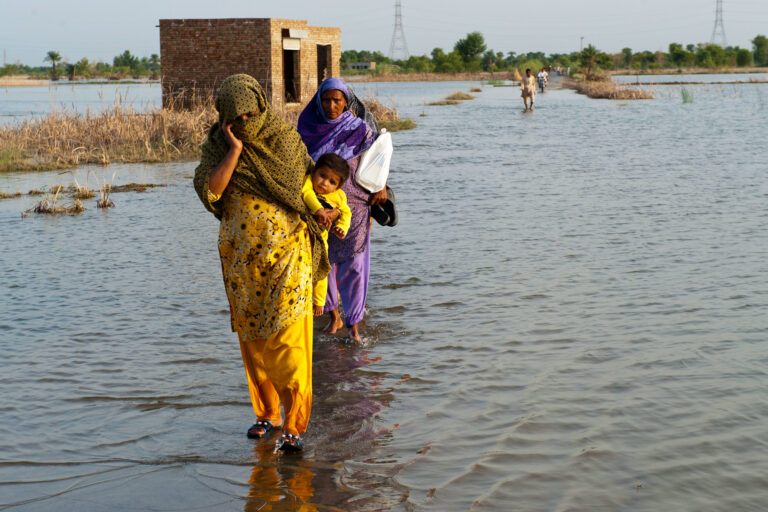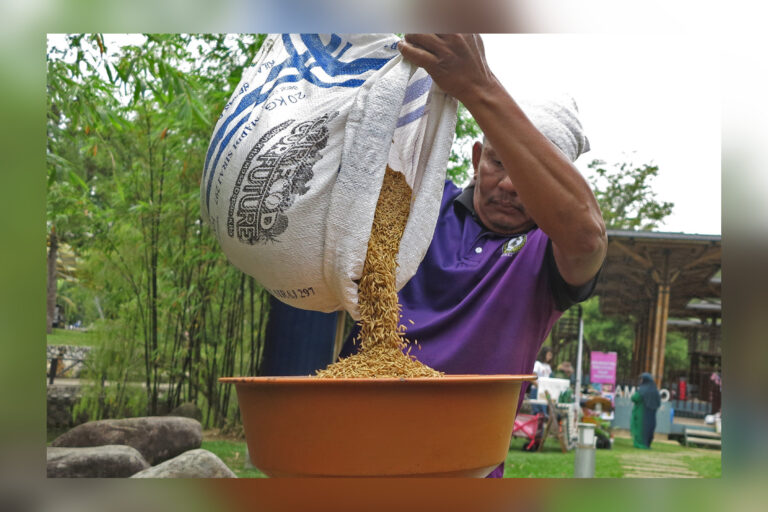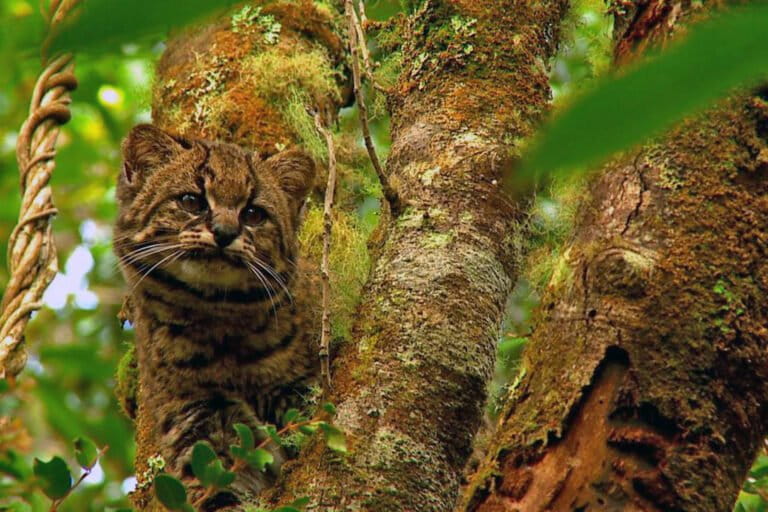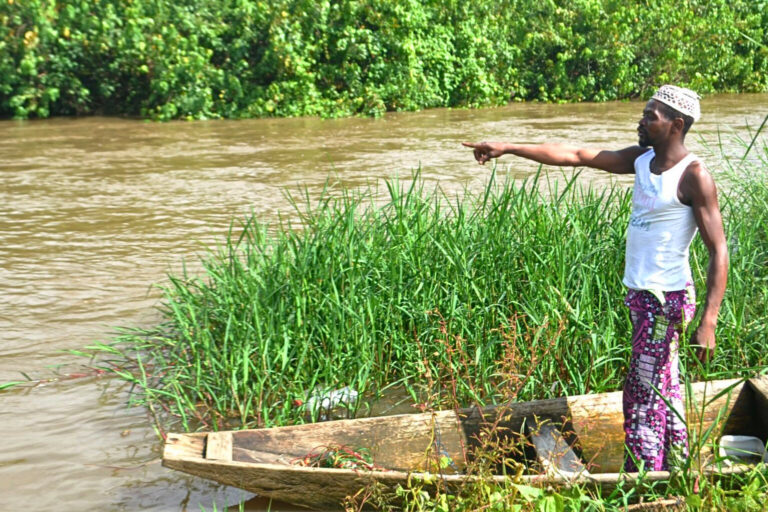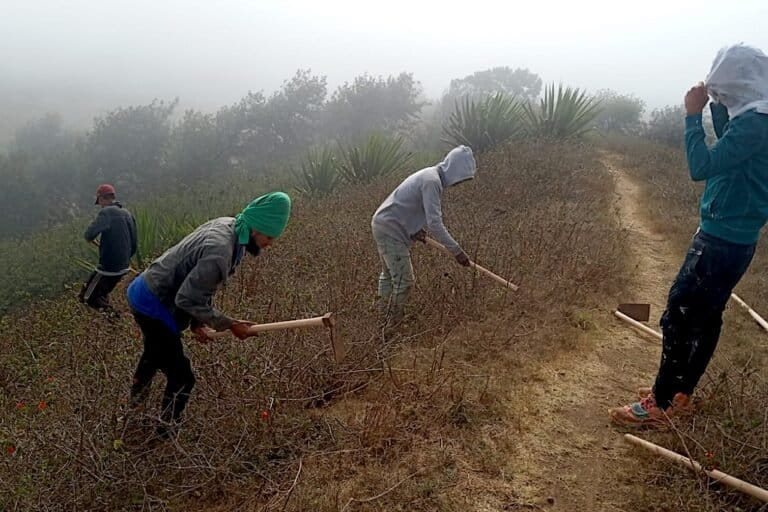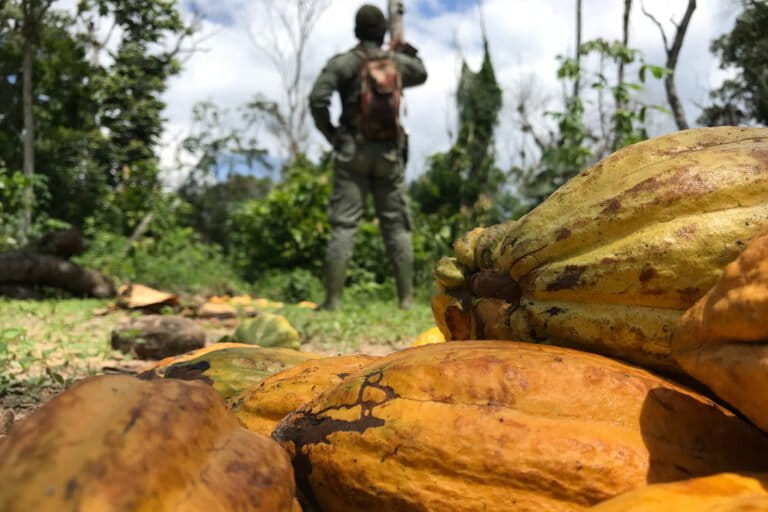- Scientists at the Monitoring of the Andean Amazon Project, an initiative of the Amazon Conservation Association, have discovered the first major fire of 2020 in the Brazilian Amazon.
- The team has developed a new app that uses aerosol and fire alert data gathered from satellites to pinpoint significant fires across the world’s largest rainforest.
- Another report, led by scientists at Brazil’s National Institute of Space Research (INPE), indicates that the continued rise in cases of COVID-19 combined with the approach of fire season in the Amazon could overwhelm the Amazon region’s clinics due to the increase in respiratory diseases as a result of the fires.
- Higher-than-normal sea surface temperatures in the Atlantic Ocean may also lead to drought in the southwestern Brazilian Amazon, exacerbating fire risk, air pollution, and the incidence of respiratory ailments, especially among children.
Researchers have detected the “first major fire of 2020” in the Brazilian Amazon three months ahead of the fire season, while other scientists warn that there could be a “catastrophe” in the region if the peak of fires and COVID-19 overlap.
Using a new application that combines fire alerts from NASA with satellite data tracking bursts of air pollution collected by the European Space Agency (ESA), the Monitoring of the Andean Amazon Project (MAAP) detected on May 28 a pulse of emissions and fire alerts in the same area of the state of Mato Grosso, in the southeastern Amazon region. Then, as the researchers zoomed in on imagery from Earth-imaging service Planet, they saw smoke rising from a block of land that had been deforested in 2019.
“We show for the first time what the actual deforestation looks like in 2020,” Matt Finer, an ecologist and the director of MAAP, an initiative of the Amazon Conservation Association, said in an interview.
On June 8, the team discovered the second fire of the year, also in Mato Grosso.

The finding comes on the heels of a report from Brazil’s National Institute of Space Research (INPE) released in May warning that the compounding impacts of twin spikes in forest fires and COVID-19 cases, which are still rising in Brazil, could be devastating to local communities. More than 37,000 people have died of COVID-19 in Brazil, and the country is second only to the U.S. with over 707,000 confirmed cases, according to 1Point3Acres COVID-19 tracker. What’s more, Brazilian President Jair Bolsonaro and members of his administration have said — without evidence — that those numbers are inflated.
Most fires in the Brazilian Amazon occur in August and September as conditions grow drier and ranchers and farmers clear land for their herds and crops. During last year’s fire season, MAAP linked recent deforestation with the fires that touched off so much attention in 2019. The scientists concluded that, contrary to the media’s portrayal (in many cases) that the blazes were tearing through standing forest, many were burning vegetation that had been cut down just a few months prior.
“These fires are not happening in random areas,” Finer said.
In September 2019, the team built an app to help pinpoint fires in Bolivia. Now, the researchers have modified the program to cover the whole Amazon rainforest by layering the fire alerts, which are triggered by satellite-recorded temperature changes, with measurements of the pollutants, or aerosols, that fires typically emit.
Each data set has its own limitations. There are tens of thousands of fire alerts every year, not all of which point to significant fires. And the shades of yellow, orange and red on the aerosol map could be dust in the atmosphere that’s not related to a fire. The new Amazon-wide app, however, leverages the two sets of data, allowing scientists to be reasonably confident that noteworthy fires are happening in spots where the fire alerts overlap with aerosol emissions.

Deforestation leading to fires
Also on May 29, the MAAP team identified several places where recent deforestation suggests that fires could follow this year. Their analysis reveals a loss of about 1,500 square kilometers (580 square miles) of primary forest since the beginning of 2020. Some of the individual areas are huge, Finer added, with one plot reaching nearly 60 km2 (23 mi2) — about the size of the country of San Marino near Italy.
Rising deforestation in the Amazon between August 2019 and May 2020, which is already nearly 90% of what occurred in the year between August 2018 and July 2019, adds a red flag to the current scenario, Luiz Aragão of INPE and his colleagues noted in a report.
In addition to those newly cleared areas, many places in the Amazon were deforested in 2019 but haven’t yet been burned. Part of the reason was the worldwide furor over the fires, which pushed the government to respond to half the problem, Aragão said.
“Last year, the government tried to control fire but forgot the deforestation,” he said.

More recently, the government passed a “guarantee of law and order” (GLO) authorizing the military to join the fight against illegal fires and deforestation.
But now, the global pandemic may increase the strain on already-limited resources for enforcement. Without continued oversight to control both deforestation and burning, Aragão said, the number of fires could spike dramatically.
He and his colleagues argue that sustained investment in stopping deforestation and fires in the Amazon is necessary alongside stemming the spread of coronavirus. They say programs like GLO should continue; the current authorization is set to lapse on June 10. Aragão added that applications such as the one that MAAP just created are “very helpful for decision-makers,” especially in planning actions on the ground and for countries that don’t have fire monitoring in place.
But long-term commitments to halting deforestation and the fires that often come in tow are necessary, he said.
“This investment should keep flowing through time,” Aragão said. “We cannot have ups and downs because these make us very vulnerable.”

Catastrophe risk
Aragão has also been watching recent warming of the Atlantic Ocean. Past research has shown that these higher-than-normal sea surface temperatures in what’s known as the intertropical conversion zone can cause a northward shift of the band of moisture that normally soaks the Amazon.
“It’s very likely that these areas in the southwest and western part of the Amazon will be drier than normal,” Aragão said. This would increase the chance that fires set intentionally by farmers and ranchers could spread into the surrounding forest this fire season.
They also know that more fires, especially in these drier years, can lead to more incidents of respiratory disease as a result of high levels of pollutants in the air, particularly among children. Hospitalizations of children under 5 years old increased by up to 267% in some parts of the Amazon during the drought year of 2005, according to a 2014 study.
Combine that with the rising numbers of COVID-19 infections, and the complications could be devastating to local communities, Aragão and his co-authors write. Clinics and health care facilities in many parts of the Brazilian Amazon are already at their limit, he added.
Fire season will begin in earnest in less than two months. But already, burning in the Amazon has started, as MAAP has shown. If the number of COVID-19 cases continues to increase, encouraged by the relaxation of distancing and other mitigation measures, the two crises could converge in what Aragão calls the “superposition” of the virus and the fires.
“The superposition of these two peaks could really lead to a catastrophe,” he said.
Banner image of forest fires in the state of Pará in the Brazilian Amazon © Victor Moriyama/Greenpeace.
John Cannon is a staff features writer with Mongabay. Find him on Twitter: @johnccannon
Citations:
Aragão, L. E., Silva Junior, C. H., & Anderson, L. O. (2020). O desafio do Brasil para conter o desmatamento e as queimadas na Amazônia durante a pandemia por COVID-19 em 2020: Implicações ambientais, sociais e sua governança. doi:10.13140/RG.2.2.17256.49921
Finer, M., & Mamani, N. (2020). Deforestation and Fires in the Brazilian Amazon – 2020. MAAP: #119.
Finer, M., & Mamani, N. (2020). Real-time Amazon Fire Monitoring App. MAAP: #118.
Smith, L. T., Aragão, L. E., Sabel, C. E., & Nakaya, T. (2014). Drought impacts on children’s respiratory health in the Brazilian Amazon. Scientific Reports, 4(1). doi:10.1038/srep03726
FEEDBACK: Use this form to send a message to the author of this post. If you want to post a public comment, you can do that at the bottom of the page.



